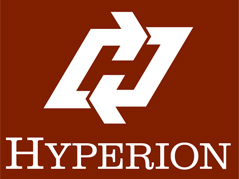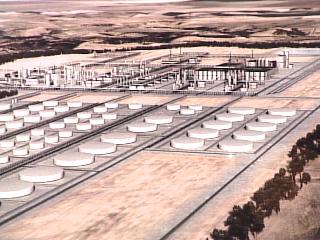Hyperion Refinery one step closer to GONE!
October 2nd, 2012
The Hyperion project, an 800 pound gorilla, an oil refinery PLUS a coal gasification (IGCC) plant (it morphed quite a bit over the years), proposed for agricultural land west of Sioux Falls, South Dakota, has been looming for a long time, but there’s evidence that the stakes through it’s slimy heart are having an impact.
In the Argus Leader:
Hyperion declines to renew options with Union County landowners
The stake in Hyperion’s slimy heart is that there’s no money:
There’s no money to build Hyperion, no investors, another vaperware project sounding a lot like the AWA Goodhue wind project here in Goodhue Count, or Excelsior Energy’s Mesaba Project, coal gasification on the Iron Range. It’s the lack of money that’s the real news:
Industry analysts question Hyperion
“Nobody would finance it,” he told Platts. “It would take forever to build.”
Rough road
Building pipeline



Leave a Reply